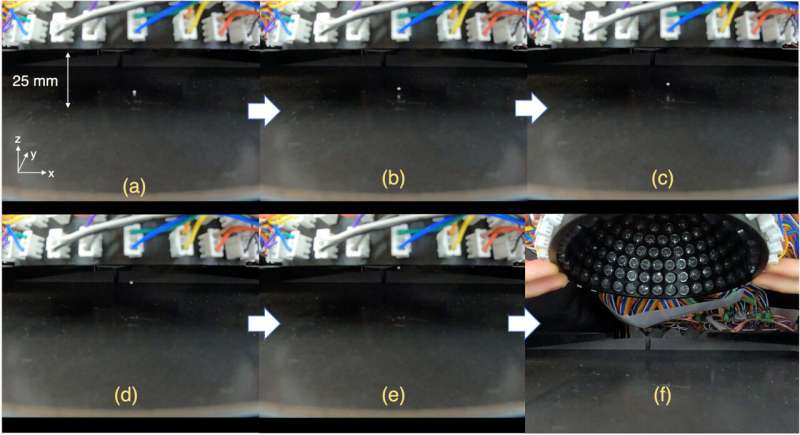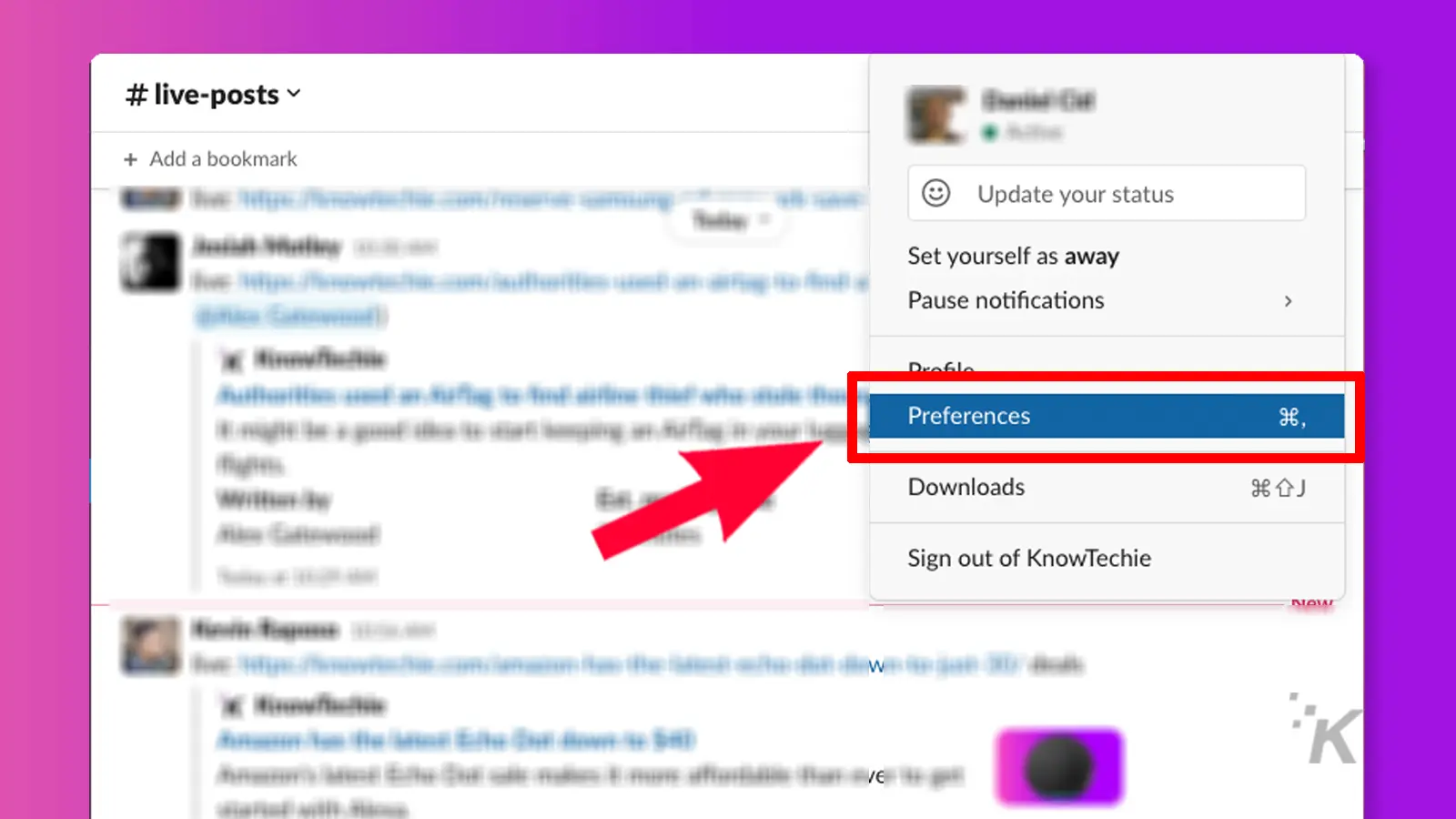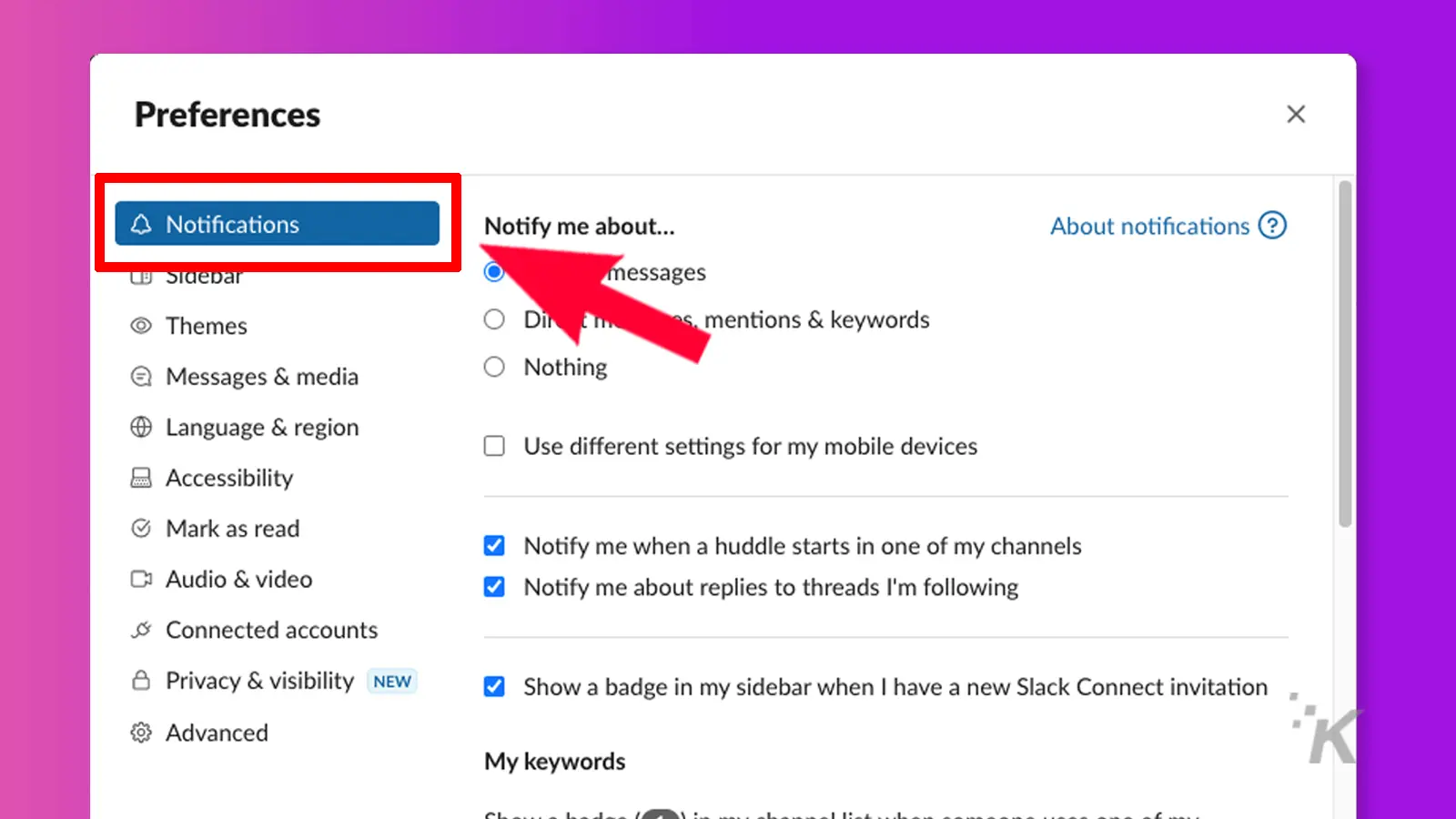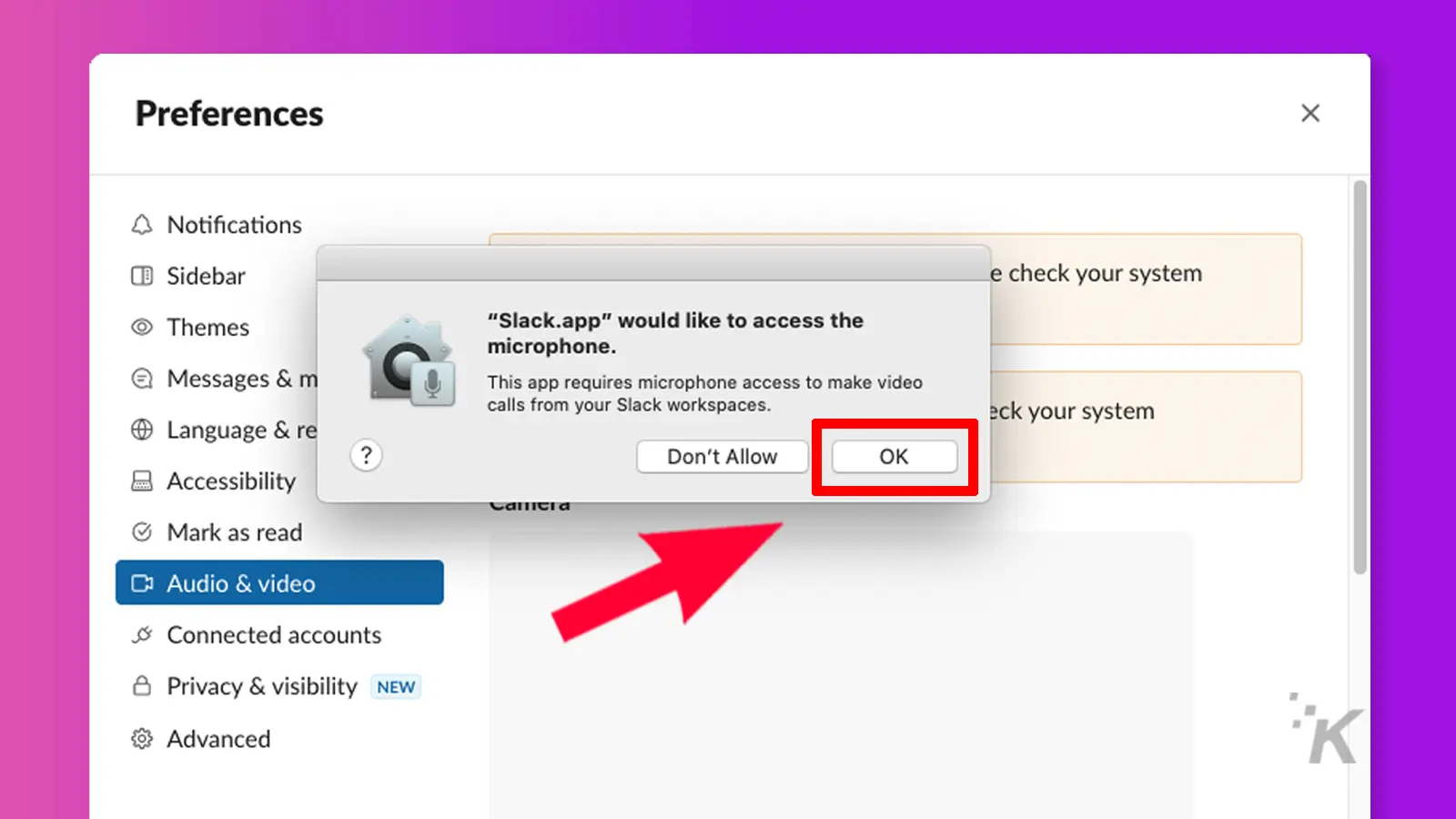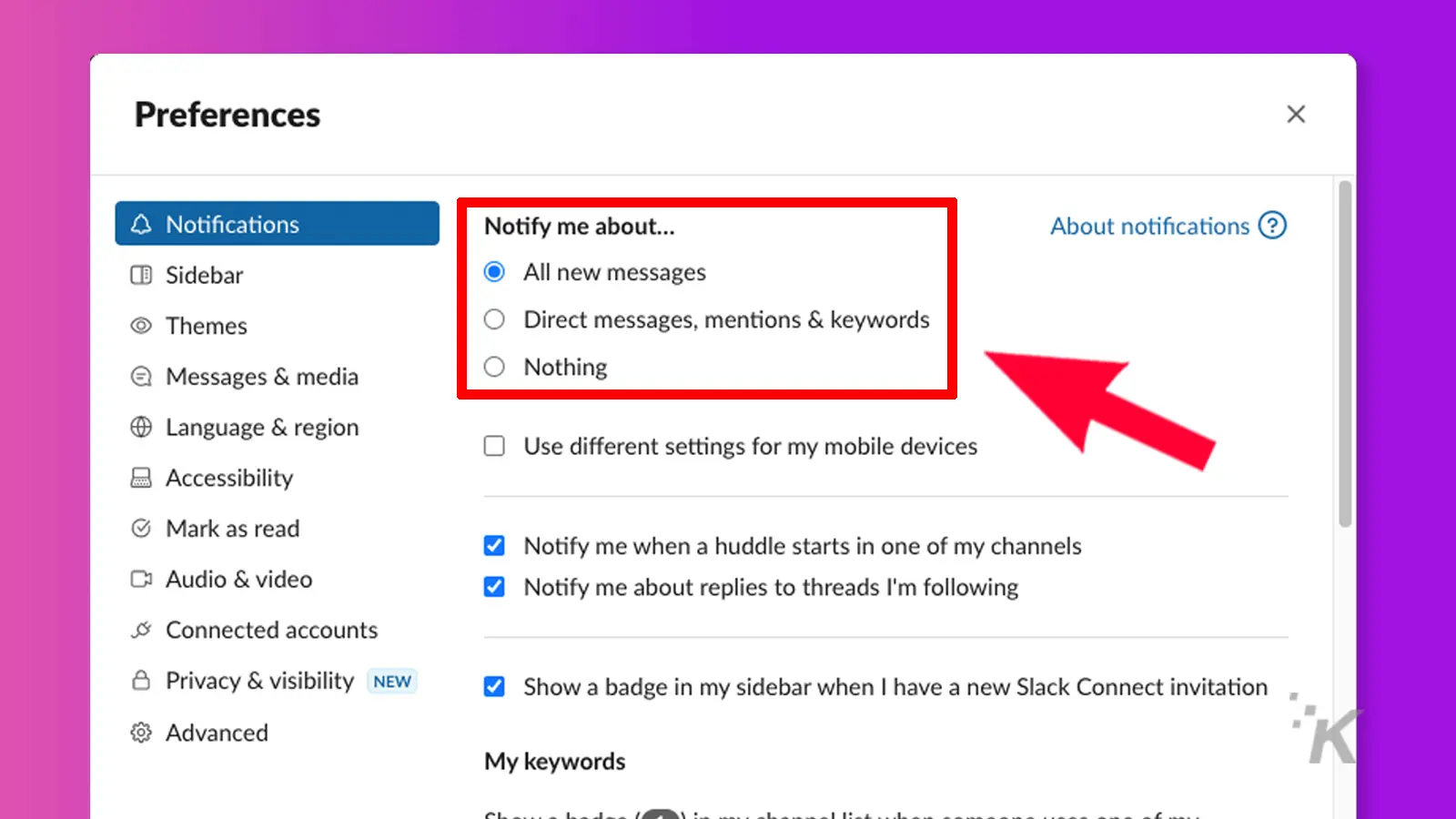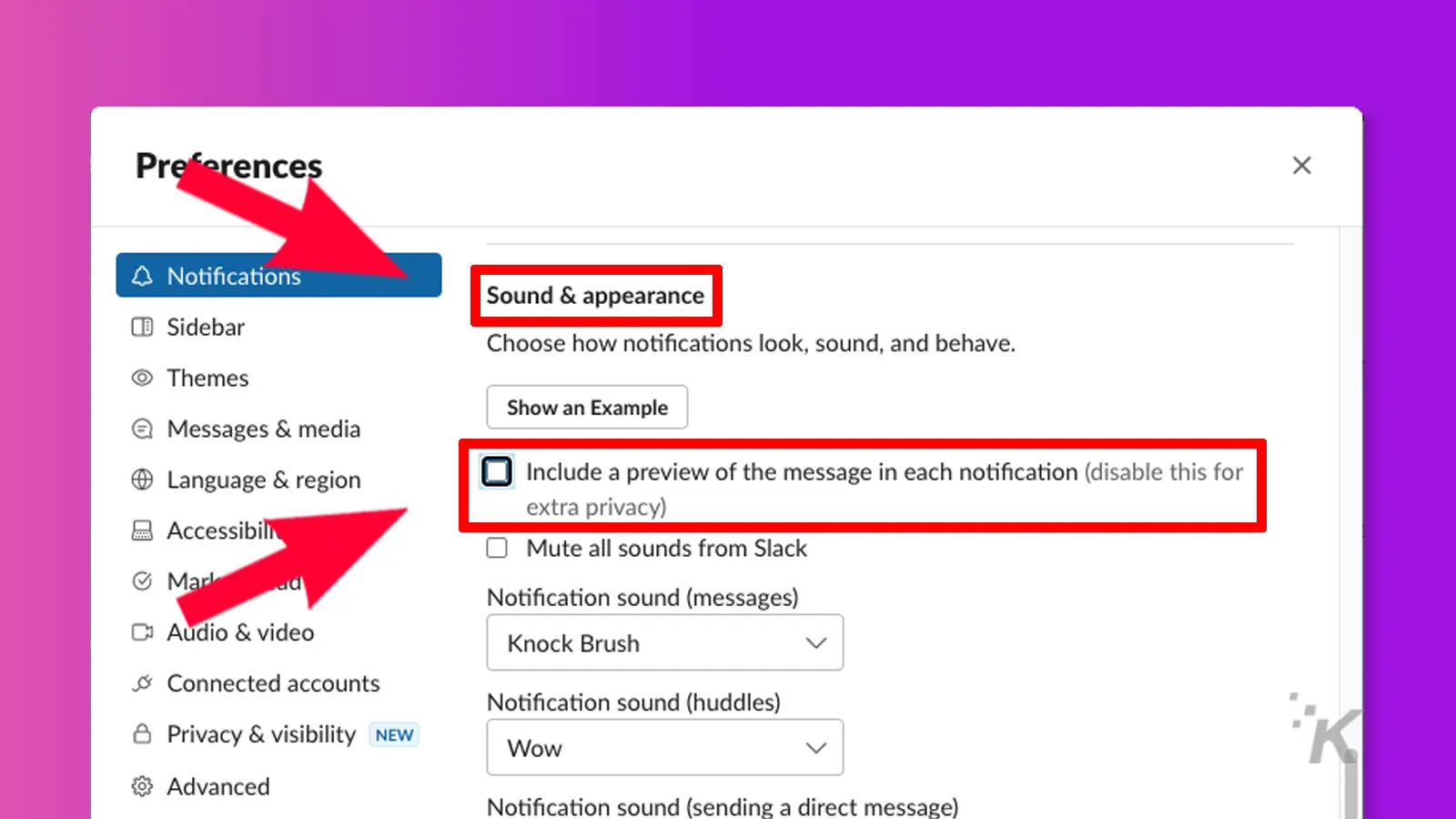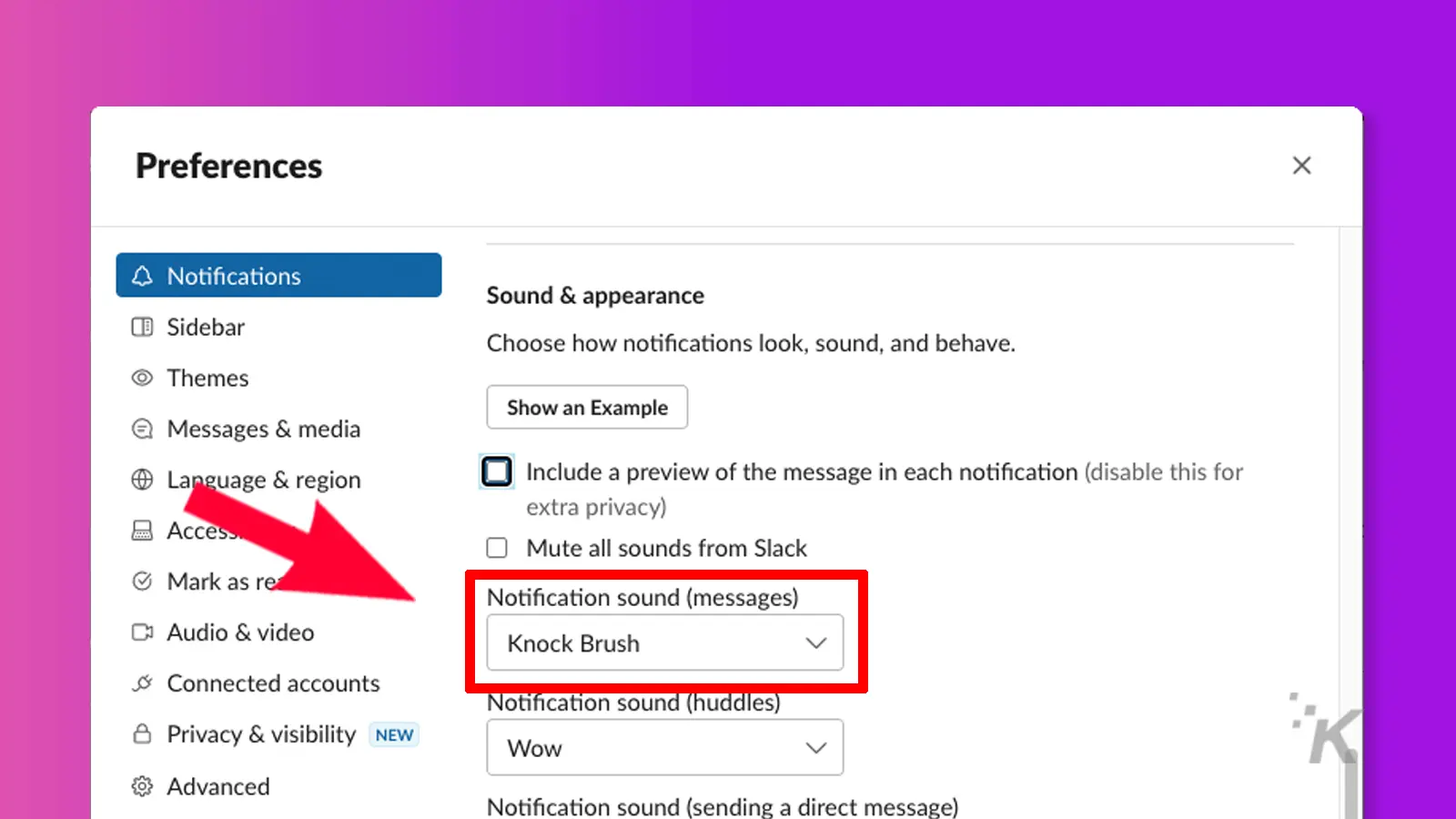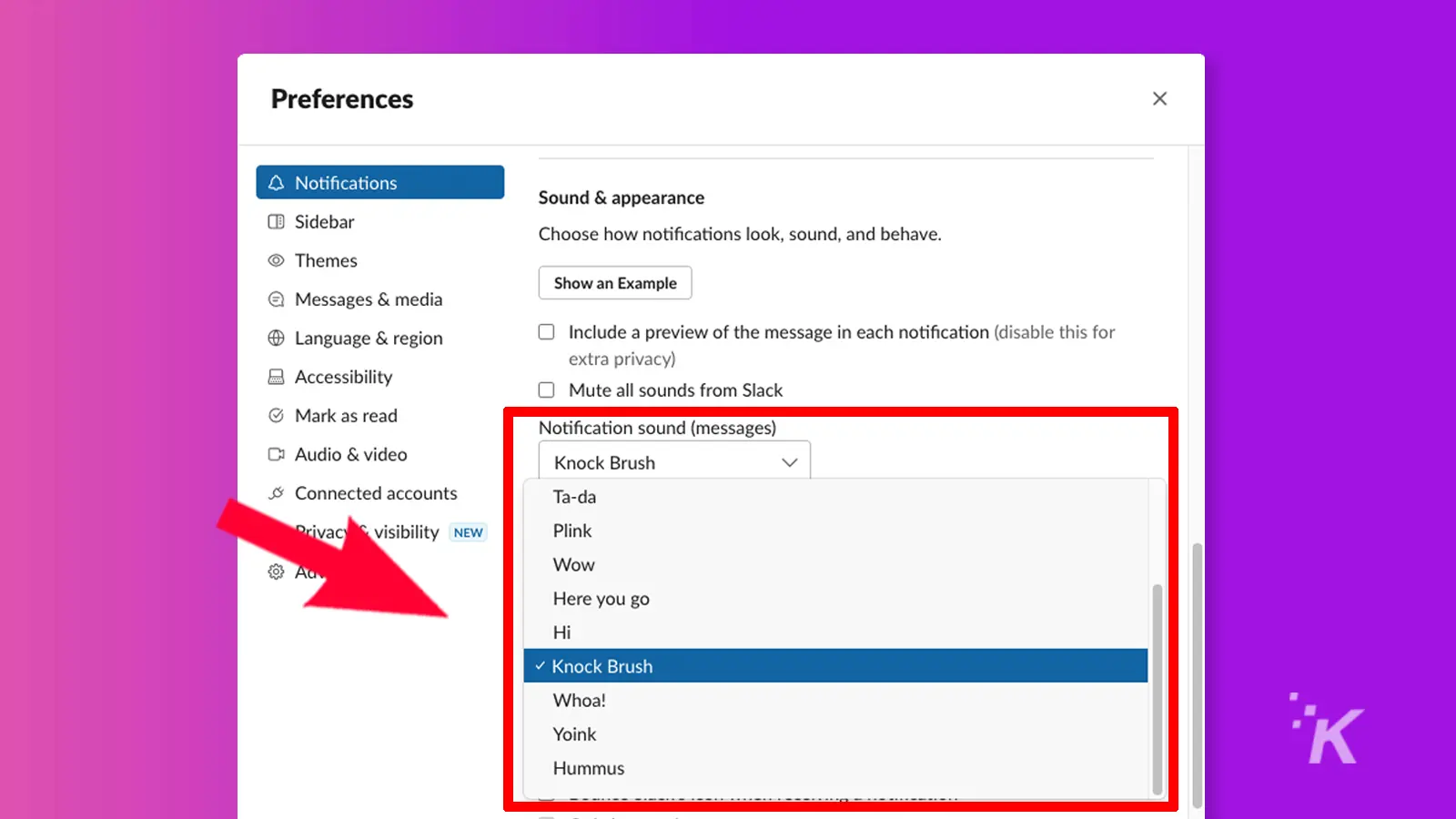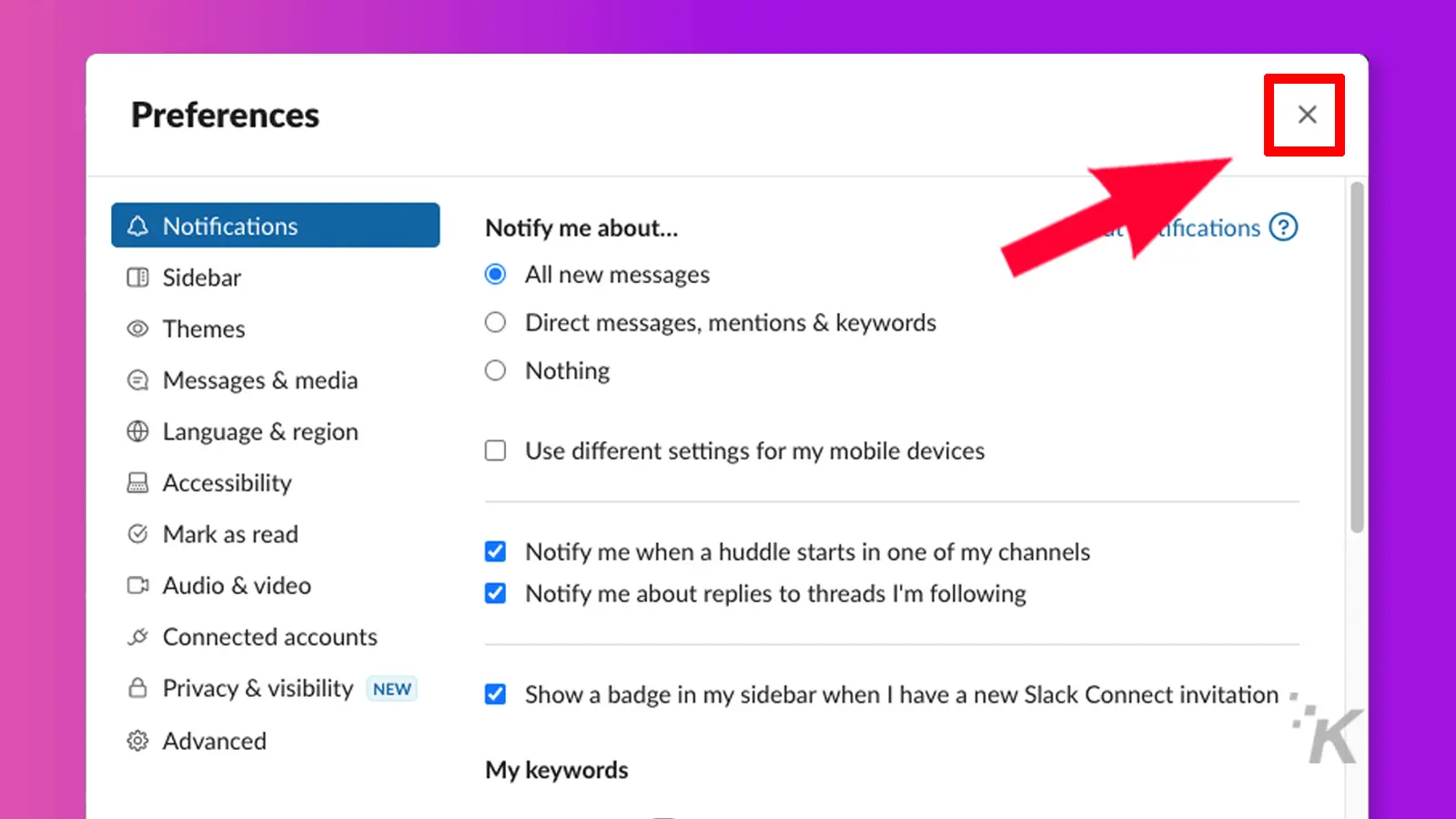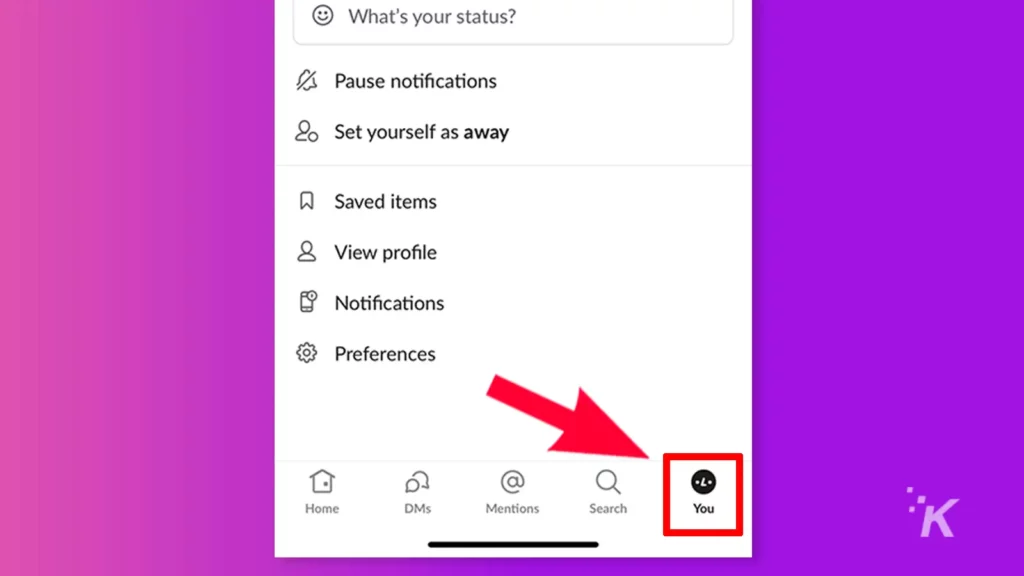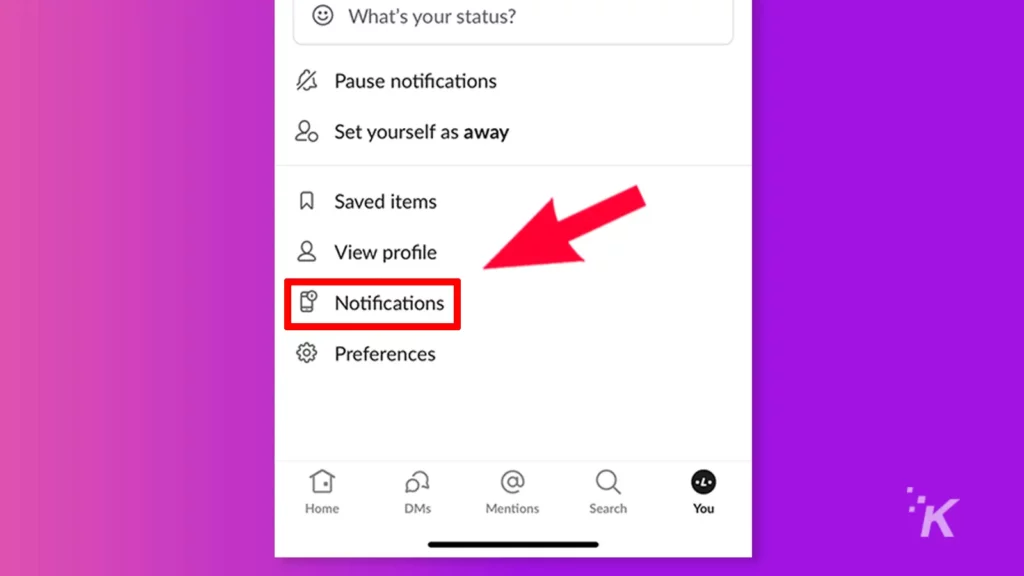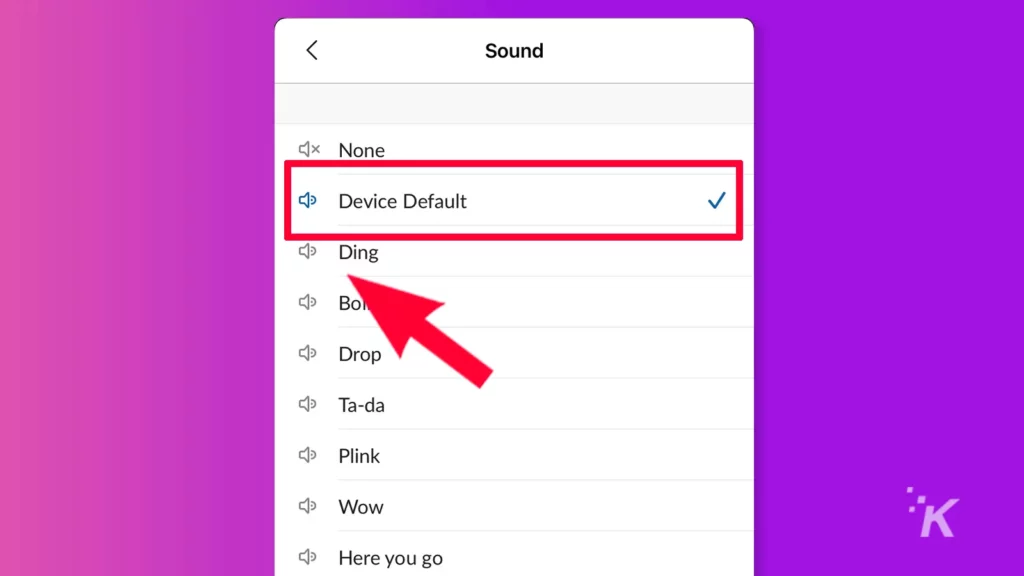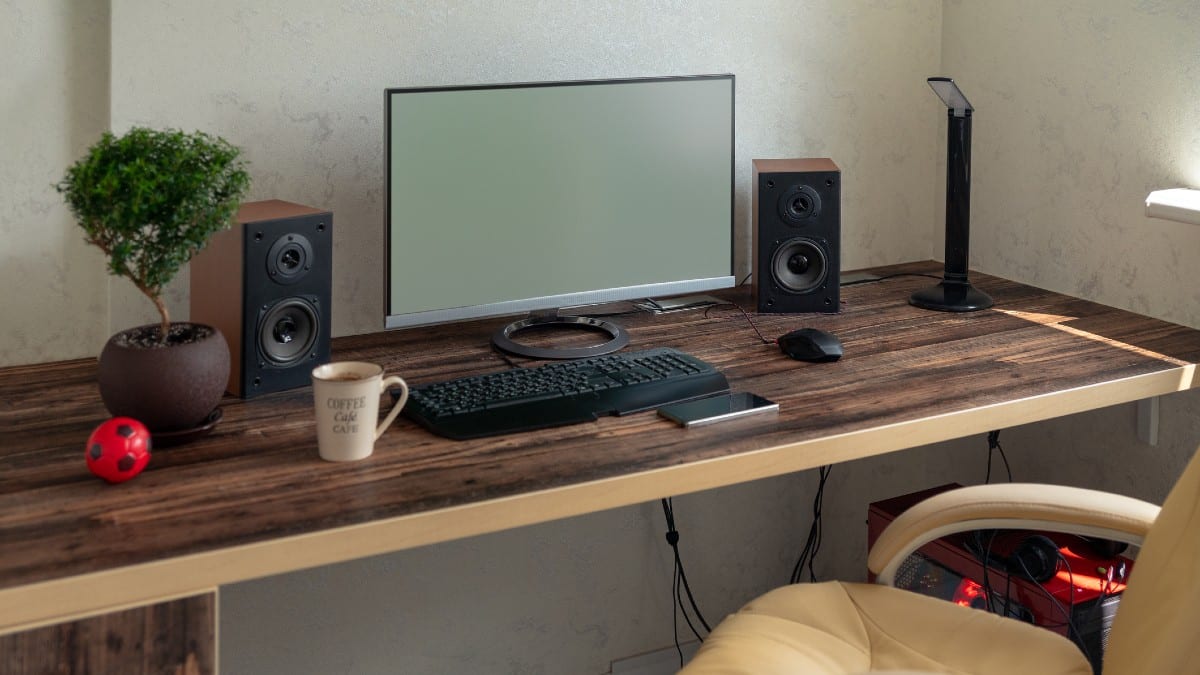
Your laptop’s internal speaker isn’t cutting it. Headphones are nice, but you still want to be able to hear your surroundings, too. It’s time to upgrade that speaker system. The right pair of PC speakers can make for deeper, richer sound while you work, edit videos or listen to music during the workday.
These speakers each offer something uniquely different, whether high quality at a low price, bass levels or driver sizes. In short, we’ve curated the best choices you can find on Amazon for desktop speakers. Let’s take a look.
Creative Pebble V2
Creative Pebble lets you pump out serious sound from your PC without pulling much power. At just 8W of power through a USB-C connection, these speakers include a 53” AUX cable and 47” USB-C cable to help you place them wherever you want in your setup.
Songs and audio with high treble will come through clear, though you don’t get much bass with these small drivers. Creative Pebble is best suited for basic use and listening to music, though they’re not quite suitable enough for editing videos or audio.
Redragon RGB desktop speakers
Redragon makes inexpensive PC accessories, but it surprised us with these deceptively powerful speakers. Both speakers are controlled through a panel on the left speaker, allowing you to control power and volume. It includes RGB lights with up to 6 different color modes.
These use basic USB power to your PC and a 3.5mm AUX wire. Unfortunately, the power cable is extremely short. These speakers are designed for use on a desktop that houses your PC or laptop. There’s surprisingly deep sound out of the small bass driver and excellent treble from the tweeter, which is perfect for gaming and music.
Logitech multi-device stereo speakers
Logitech takes us up a notch into audio and video editing territory. These speakers only use 5W of power and connect via Bluetooth or wired to your PC. With four medium-sized drivers, you get excellent sound and depth of field for editing projects.
These are mighty but compact. Because they can be used with Bluetooth, a single wire connects both speakers together so they can send information back and forth. These speakers hit the perfect middle-of-the-road price point and maintain a minimalist aesthetic on your desk without flashy lights or wild colors.
PreSonus Eris studio speakers
There’s a night and day difference between our other picks and PreSonus. These medium-sized speakers take up a lot of desk space and rumble when you peak these 3.5” drivers. Your tweeters are 1” with a silk cover for excellent clarity.
PreSonus also includes free software called Studio One Prime and Studio Magic. Audio engineers and editors use these to fine-tune the sound. The speakers include acoustic tuning to help create the perfect feedback even in echoey spaces.
AmazonBasics USB plug-and-play speakers
Let’s take a step back and bring some decent sound quality on a low budget. AmazonBasics is all about getting good quality at a low cost. You can get up to four small USB speakers for less than half the price of the PreSonus studio speakers we just looked at.
With high treble and a little bass, these speakers get the job done without offering any special perk besides their price. They take up a minimal amount of room on your desk. Just be wary of the short cables.
Creative T60 hi-fi desktop speaker set
With 2.75” drivers and a digital amplifier, you get intense sound without an intense price. Creative T60 eats up a lot of power at 60W, meaning you’ll have to plug it into its own power source separate from your PC.
Connect via Bluetooth, USB-C or AUX and enjoy the powerful acoustic support for larger spaces. Creative T60 uses BasXPort technology to deliver deeper sounds without having an enormous driver.
Sony wireless rear speaker system
Sony is the gold standard when it comes to audio. These speakers can be used for your PC or television, delivering 100 watts of power for loud, deep sounds. Sony includes a feature that fills the room with sound thanks to the omnidirectional sound block.
While these are designed to be used as a backing set of speakers for their A7000 and A5000 sound bars, they work excellently on their own to flood the room with deep, rich sound for an overall better listening experience.
PC speaker FAQs
You know you want deep sound, but you don’t know where to look: that’s okay. We’ve got you covered! Here are some quick FAQs to help you understand what to look for in your next pair of PC speakers.
Does the PC speaker driver size matter?
Yes. Larger drivers can produce different levels of sound waves. You need large drivers for deep bass (typically around 8” or so). You can use smaller drivers called tweeters (1” or so in size) for higher sounds. Some speakers, like the PreSonus pick on our list, will have bass drivers and tweeters to give rich depth of field.
Does 5.1 surround sound matter for PC speakers?
If you’re buying PC speakers for a studio setting, yes. For typical use, including video editing and listening to music, you don’t need 5.1 surround sound. For true 5.1 surround sound, you need five speakers and one subwoofer, which gets expensive and challenging to set up. If you see “2.0 sound” on a pair of PC speakers, that’s perfectly okay and will work for basic use.
Are better speakers just more expensive?
No, expensive is not always better when it comes to PC speakers. Larger drivers can produce deeper sound, which comes at a cost, but you don’t need to spend a fortune on PC speakers. If you’re sensitive to the small changes and nuances in your audio, high-end brands like Sony will produce a better sound. For most listeners, you don’t need to go all-out for a pair of high-quality PC speakers.
We may receive a commission when you buy through our links, but our reporting and recommendations are always independent and objective."sound" - Google News
September 01, 2022 at 04:05AM
https://ift.tt/VfhF8Mk
7 desk speaker options for better sound quality - Komando
"sound" - Google News
https://ift.tt/xuAMin8
Shoes Man Tutorial
Pos News Update
Meme Update
Korean Entertainment News
Japan News Update













:no_upscale()/cdn.vox-cdn.com/uploads/chorus_asset/file/7881907/jbareham_170120_1423_0001.jpg)


